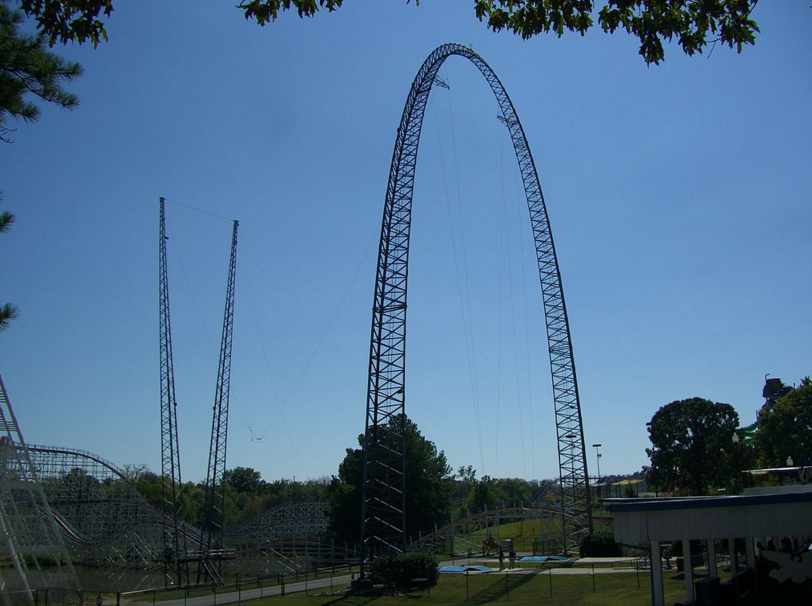(October 27, 2011) — Ever since Einstein published his theories on relativity, nobody thought that anything could go faster than the speed of light. However, new research on the mysterious subatomic particle called the neutrino might change all that. “We’ve known about neutrinos for a while,” said science teacher Gerald Gruss,.“And we’ve always assumed they were traveling at a very fast speed, near the speed of light.” But, over the past few years, physicists at the European Organization for Nuclear Research (CERN) worked on the Oscillation Project with Emulsion-tRacking Apparatus (OPERA) in Italy. Both have reported neutrinos, traveling through Earth’s surface at a speed they shouldn’t be able to achieve: 60 nanoseconds faster than light according to CERN’s official news-press. Einstein’s theory of special relativity has been passed down and taught to high school students in a simpler form, simply stating light is a constant c and that nothing can go faster than the light in a vacuum. CERN is no stranger to testing the boundaries of science. Operating the world’s largest particle physics lab, CERN operates the Large Hadron Collider, the world’s largest and highest-energy particle accelerator. CERN was able to revolutionize physics with the collider with many other discoveries such as creating the densest particles in the universe, second only to the black hole. On his blog, physicist Matt Strassler said that there’s no possible way for neutrinos to move faster than light if electrons couldn’t do so as well. He later goes on to state that if electrons did move faster than the speed of light, it would contradict other confirmed theories and experiments, bringing in several other “unknown” forces that would make these theories true. Einstein’s theory of relativity states that velocity is related to mass. Since neutrinos have no mass, they must travel at the speed of light, right? There have been many interesting theories moving around the Internet, with one of the most interesting being the possibility of sending messages back in time, via neutrinos. Gruss is really excited about the possibility of an object that could travel faster than the speed of light. “Who knows what kind of physics we’d have to figure out, to be able to explain the behavior of the super fast neutrinos?” Gruss asked.
Categories:
Faster-than-light neutrinos stun the physics world
October 27, 2011
More to Discover








